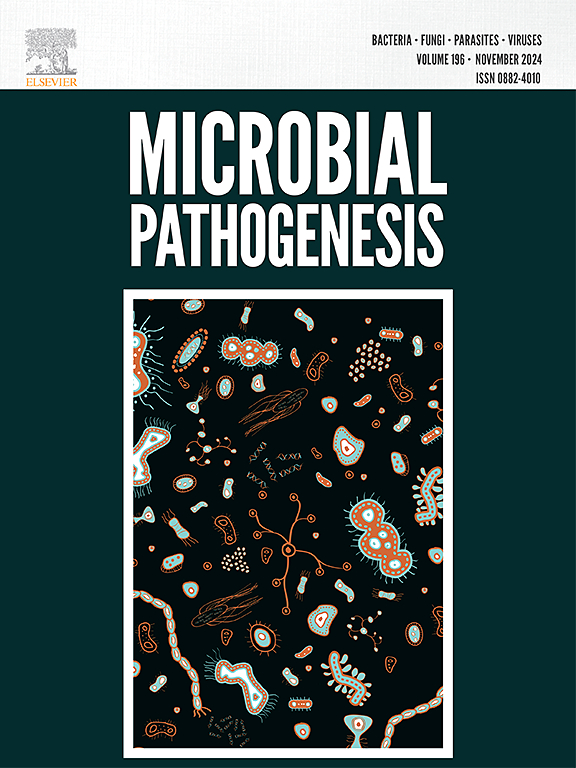Parasitic protozoa: Biosystematics, identification, pathogenicity, causes and remedial measures
IF 3.3
3区 医学
Q3 IMMUNOLOGY
引用次数: 0
Abstract
Protozoans are widely distributed unicellular eukaryotic microorganisms that are either free-living or inhabit other organisms as ecto- or endoparasites. Parasitic protozoans-associated diseases impose huge health complications especially in developing countries and are responsible for millions of morbidities and mortality worldwide each year. These diseases are often linked to poor hygiene, inadequate sanitation, and general neglect. For diagnosis of parasitic protozoans, microscopy, combined with various staining techniques, remains the gold standard due to its simplicity and accessibility. However, newer diagnostic methods, including molecular techniques and AI-based approaches, are gaining popularity for their higher sensitivity and ability to process multiple samples simultaneously. Current anti-protozoal drugs have limitations, accompanying toxic effects further the growing emergence of drug-resistant protozoan species, has made effective treatment ever more challenging. Advance research on target-specific, multi-dimensional vaccines and drug repurposing strategies offers hope for more effective disease control and management. Preventive measures, such as promoting health education, maintaining personal hygiene, and ensuring proper sanitation, are essential for reducing the spread of protozoan infections. This review article provides an overview of major parasitic protozoans, the factors facilitating their transmission, and recent advances in their diagnosis and control strategies.
寄生原生动物:生物分类学、鉴定、致病性、原因及防治措施
原生动物是广泛分布的单细胞真核微生物,它们要么是自由生活的,要么作为外寄生或内寄生在其他生物体中。寄生原生动物相关疾病造成严重的健康并发症,特别是在发展中国家,每年造成全世界数百万人发病和死亡。这些疾病往往与卫生条件差、卫生设施不足和普遍忽视有关。对于寄生原生动物的诊断,显微技术,结合各种染色技术,仍然是金标准,因为它的简单性和可及性。然而,新的诊断方法,包括分子技术和基于人工智能的方法,因其更高的灵敏度和同时处理多个样本的能力而越来越受欢迎。目前的抗原生动物药物具有局限性,伴随的毒性作用进一步增加了耐药原生动物物种的出现,使有效治疗变得更加具有挑战性。针对特定目标的多维疫苗和药物再利用战略的深入研究为更有效地控制和管理疾病带来了希望。预防措施,如促进健康教育、保持个人卫生和确保适当的环境卫生,对于减少原生动物感染的传播至关重要。本文综述了主要的寄生原生动物,促进其传播的因素,以及其诊断和控制策略的最新进展。
本文章由计算机程序翻译,如有差异,请以英文原文为准。
求助全文
约1分钟内获得全文
求助全文
来源期刊

Microbial pathogenesis
医学-免疫学
CiteScore
7.40
自引率
2.60%
发文量
472
审稿时长
56 days
期刊介绍:
Microbial Pathogenesis publishes original contributions and reviews about the molecular and cellular mechanisms of infectious diseases. It covers microbiology, host-pathogen interaction and immunology related to infectious agents, including bacteria, fungi, viruses and protozoa. It also accepts papers in the field of clinical microbiology, with the exception of case reports.
Research Areas Include:
-Pathogenesis
-Virulence factors
-Host susceptibility or resistance
-Immune mechanisms
-Identification, cloning and sequencing of relevant genes
-Genetic studies
-Viruses, prokaryotic organisms and protozoa
-Microbiota
-Systems biology related to infectious diseases
-Targets for vaccine design (pre-clinical studies)
 求助内容:
求助内容: 应助结果提醒方式:
应助结果提醒方式:


